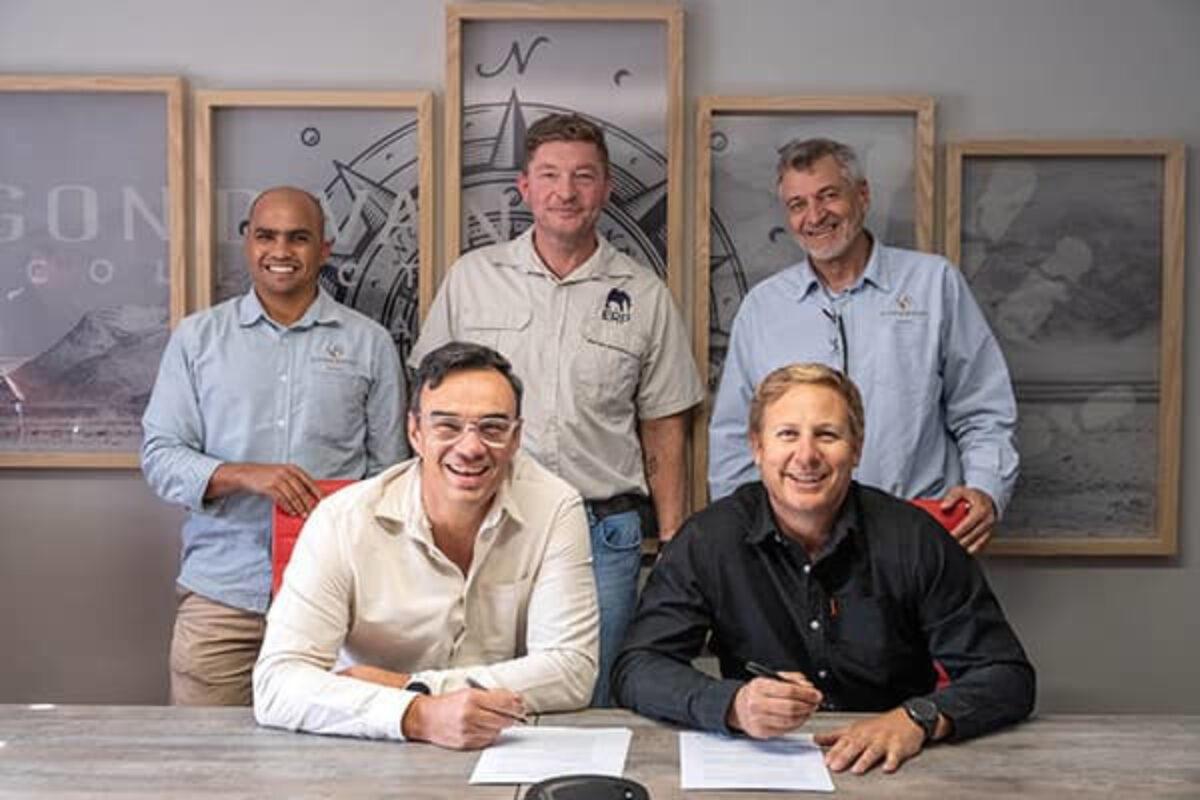Africa-Press – Namibia. GONDWANA Collection Namibia and the Elephant Rhino People (ERP) Conservation Foundation Namibia have announced a landmark conservation partnership to establish the world’s largest Black Rhino sanctuary in the Fish River Canyon area.
“This ambitious initiative aims to reintroduce and protect the critically endangered Black Rhino, along with other vulnerable species once native to the region. Developed in close collaboration with the Ministry of Environment, Forestry and Tourism (MEFT), the sanctuary represents a long-term commitment to conservation through sustainable and ecologically sound management practices,” explained Gondwana Collection.
ERP’s operations team officially arrived at Gondwana Canyon Park on 21 June 2025 to begin preparations for the sanctuary. As part of the first operational phase, dedicated anti-poaching units will be deployed from 1 September 2025 to protect the rhinos and other wildlife, forming a cornerstone of the area’s long-term protection strategy.
Gondwana Collection revealed that they have committed a 116,000-hectare portion of its Gondwana Canyon Park to the sanctuary. The Black Rhino Sanctuary borders the /Ai-/Ais–Richtersveld Transfrontier Park, contributing a vast area of unfenced land that enables the free movement of wildlife and supports broader metapopulation management for rhinos.
“This sanctuary is not just about rhinos – it’s about restoring balance to a region that holds immense natural and national value. We are proud to contribute to this shared legacy under the leadership of the Ministry and alongside ERP,” said Gys Joubert, Managing Director of Gondwana Collection Namibia.
In addition to providing the land, Gondwana Collection brings nearly three decades of experience in rewilding the park with native game species since 2006 and has developed robust park management systems that support ecological integrity and tourism-led conservation. Meanwhile, the ERP Conservation Foundation Namibia contributes cutting-edge anti-poaching and surveillance expertise, having developed a proven, tech-enabled wildlife protection model that integrates satellite tracking, perimeter fencing, intelligence-led patrolling, and local informer networks.
“ERP’s involvement is a game-changer,” said Tinus Hansen, Director of ERP Conservation Foundation Namibia. “We bring the necessary technology and experience to safeguard this keystone species, while uplifting surrounding communities through meaningful environmental and social impact projects.”
MEFT will serve as an active and strategic partner, providing regulatory oversight, implementation guidance, and ensuring alignment with Namibia’s national conservation frameworks.
To support the sanctuary’s sustainability, an investment programme is currently being finalised. It will offer options for once-off contributions, as well as structured multi-year partnerships with donors, investors, and institutions committed to the future of conservation in Namibia.
For More News And Analysis About Namibia Follow Africa-Press






